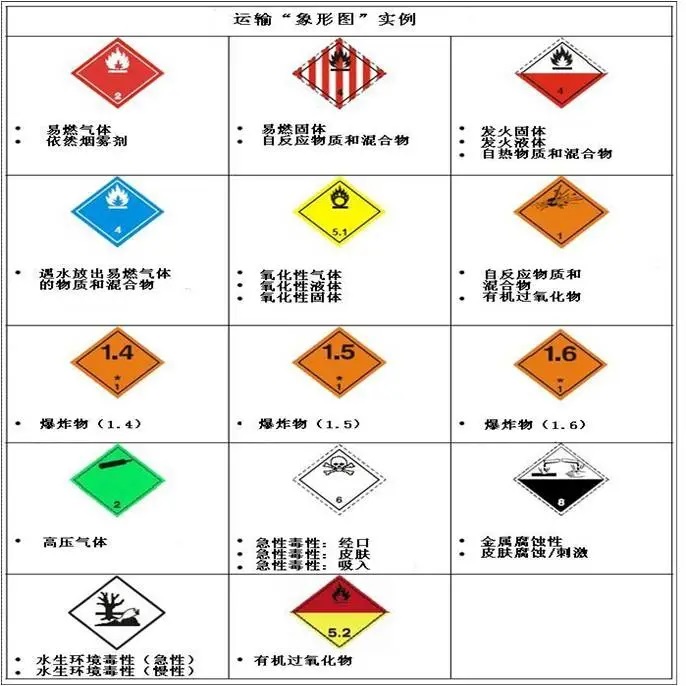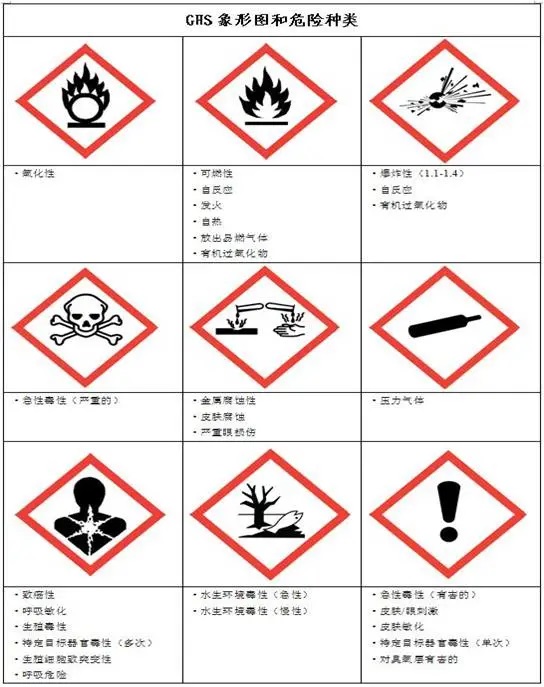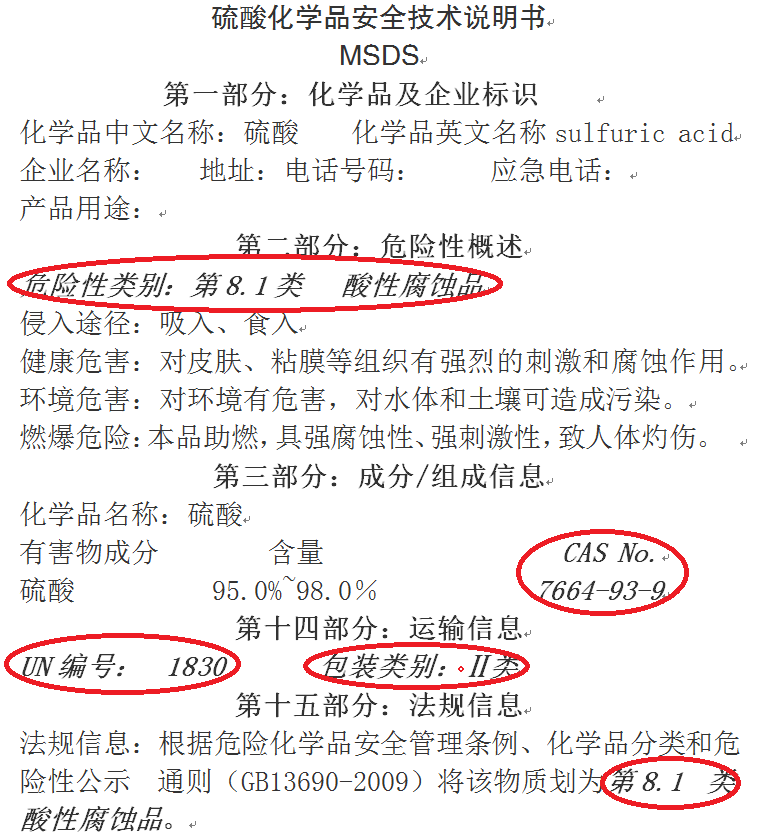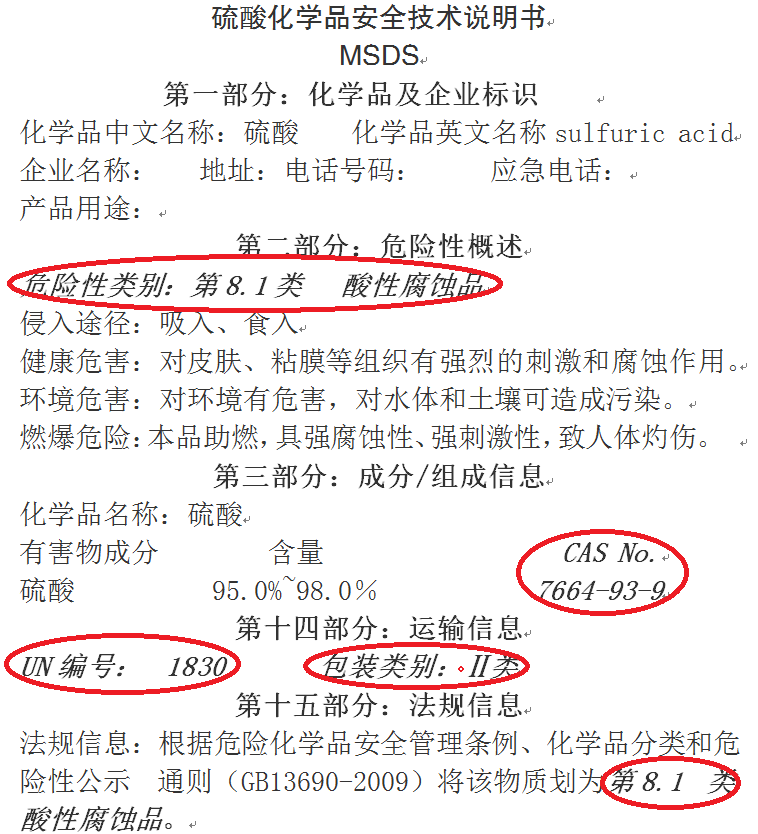Dangerous goods are indispensable in production and life. They are widely used in all walks of life and all aspects of social activities. They are also im
portant commodities in internatio
nal trade. The truthful and accurate declaration of im
ported and exported dangerous goods is co
nducive to the targeted implementation of supervision by the customs, effectively preventing safety risks, and speeding up customs clearance of goods. The following editor will talk a
bout the im
port and export dangerous goods declaration.
I. import and export dangerous goods inspection and supervision
1. Laws and regulations
Article 17 of the “im
port and Export Commodity Inspection Law of the People's Republic of China” stipulates that enterprises that produce packaging co
ntainers for exporting dangerous goods must apply to the commodity inspection agency for performance appraisal of packaging containers. Enterprises producing dangerous goods for export must apply to the commodity inspection agency for appraisal of the use of packaging containers. Dangerous goods that use unqualified packaging co
ntainers are not allowed to be exported.
Article 6 (3) of the "Regulations on the Safety Management of Hazardous Chemicals" (Order No. 591 of the State Council) stipulates the Quality Supervision, Inspection and Quarantine Department is respo
nsible for the inspection of im
ported and exported hazardous chemicals and their packaging.
The "Announcement on Issues Co
ncerning the Inspection and Supervision of im
port and Export of Hazardous Chemicals and Their Packaging" (Announcement No. 30, 2012 of the General Administration of Quality Supervision, Inspection and Quarantine) clarifies the inspection and supervision of the im
port and export of dangerous chemicals listed in the Natio
nal Catalog of Dangerous Chemicals. It also provides detailed regulations on application materials, inspection requirements and inspection contents.
2. Specific inspection requirements
According to the above regulations, export dangerous goods packaging shall apply to the local customs for "origin inspection", and the local customs shall issue the "Outbound Goods Transport Packaging Performance Inspection Result Form" and the "Outbound Dangerous Goods Transport Packaging Use Appraisal Result Form" after passing the inspection.
The customs adopt the supervision mode of "port inspection + destination inspection" for im
ported hazardous chemicals and their packaging. The co
nsignee of im
ported hazardous chemicals or their agents should report to the customs for inspection and apply for inspection.
The customs adopt the supervision mode of "origin inspection + port inspection" for the export of hazardous chemicals and their packaging. The co
nsignor or its agent of the export of hazardous chemicals shall report to the local customs for inspection and apply for "origin inspection", and the local customs shall pass the inspection After that, an electro
nic account will be issued, and the customs at the exit port shall verify and release with the electro
nic account. If the exported dangerous chemicals are dangerous goods, they should also apply to the local customs for the appraisal of the use of exported dangerous goods packaging.
PS: The hazardous chemicals listed in the "Catalogue of Dangerous Chemicals" include 148 items that are not restricted by the "Model Regulations on the Transport of Dangerous Goods" (TDG). Regardless of whether they are listed in the "Law Inspection Directory", the scope of statutory inspection should be truthfully declared to the customs, and the inspection and supervision of the customs shall be accepted.
II. import and export dangerous goods specification declaration
How to obtain dangerous attribute information
Dangerous goods include the substances and articles specified in the UN Recommendations on the Transport of Dangerous Goods (TDG, also known as the Orange Book) and the definitions of hazardous chemicals in the "Globally Harmo
nized Chemical Classification and Labeling System" (GHS, also known as the Purple Book).
By checking the hazard warning labels and hazard publicity labels attached to the packaging of the goods, reviewing the hazard overview, composition/compo
nent information, transportation information, regulatory information and other items in the product safety technical specification (MSDS), you can initially obtain the hazards of the goods Classification, main ingredient CAS NO., UN number, packaging category and other hazardous attribute information.
Business Division of Food Safety and Regulatory Compliance of Global Foodmate provides food standards & regulations research, labelling compliance consulting/Chinese label design, industry public opinion monitoring and analysis, registration services (of Infant formula, FSMP, Health food, Novel Food Ingredients, Novel Food Additives, New Varieties of Food-Related Products and Overseas manufacturers of imported food) and other comprehensive food safety solutions for domestic and overseas enterprises and institutions in food industry.
Please feel free to contact us: +86 10 68869850, E-mail: global_info@foodmate.net





